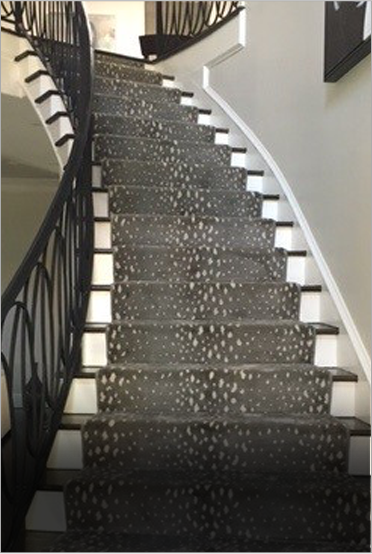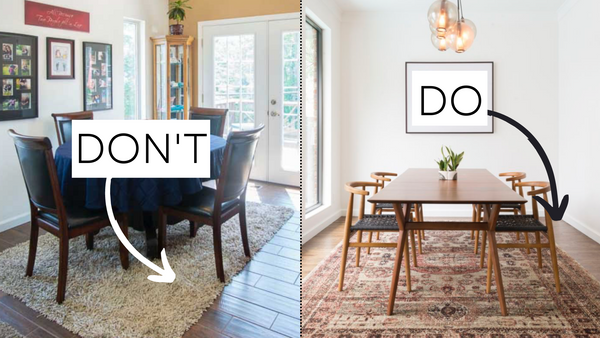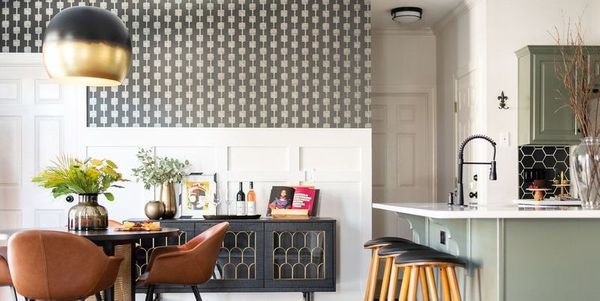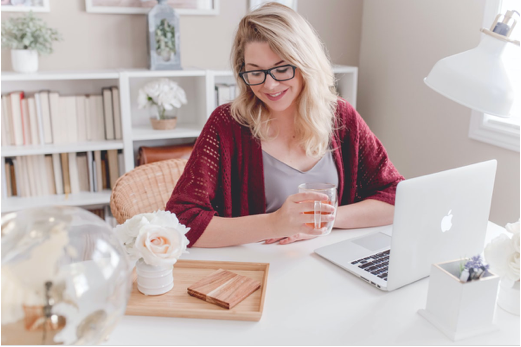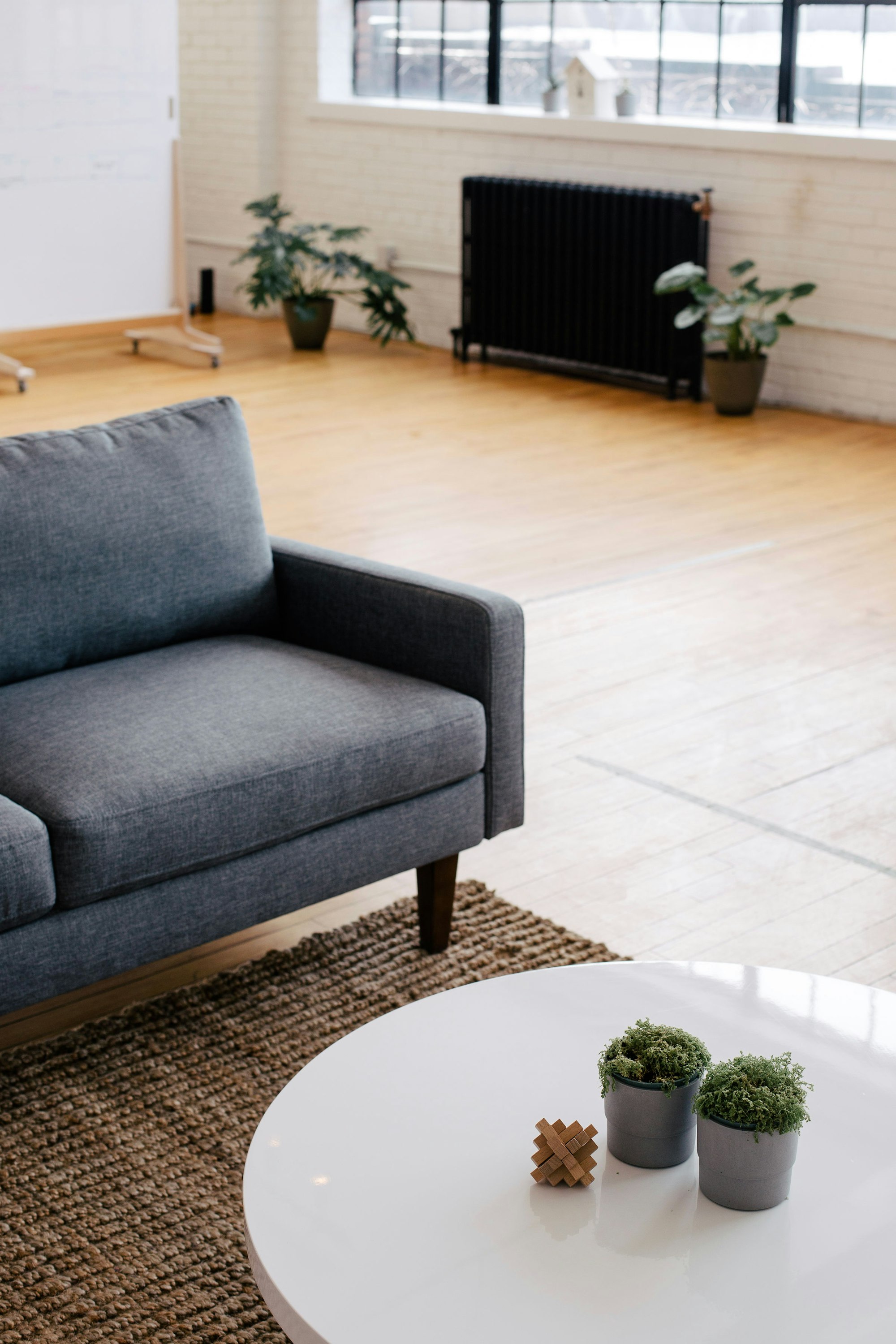Natural Fibers: Seagrass Rugs & Carpets
Seagrass is a natural fiber rug. This popular plant fiber is becoming increasingly in-demand among designers and their clients. Here you will find all you need to know about this natural plant fiber floor covering option.
Sourced from grasses that grow in salt-water.
Seagrass is a natural fiber rug. This popular plant fiber is becoming increasingly in-demand among designers and their clients. Here you will find all you need to know about this natural plant fiber floor covering option.

Origin of Seagrass
Vietnam is the epicenter of seagrass cultivation and production. Authentic seagrass of the highest quality actually comes from one specific town, called Nga Son. Seagrass is a reedy plant, a family of grasses, which live underwater and grow best in the ocean. There are approximately 60 species of seagrass. They grow in 'seagrass meadows,' also called, 'prairies of the seas.'
When cultivated by humans, the growing process is similar to that of rice. It is planted in paddy fields or saltwater marshes that are flooded with seawater during the growing season.
Seagrass produces strong, nonporous fibers for seagrass area rugs that are resistant to spots and stains.
Benefits to Seagrass Rugs
100% natural biodegradable, natural look, neutral colors.
Water-resistant and stain resistant, non-porous.
Eco-friendly natural fiber rug (but remember to ask about sourcing, i.e. you want sustainably farmed seagrass, not poached).
Soft underfoot.
Naturally antimicrobial, mildew resistant.
The loose fibers both capture allergens from the air and resist clinging dirt and debris. Make it possible to more easily sweep up dust, pet fur, and grime that might work its way down into the carpet and provide fodder for bacterial growth.
Easy to clean.
Excellent insulation qualities, meaning not only will it keep your energy bill low, but it will muffle noise as well.
Less expensive than other natural fibers.
Aesthetic and Style
Seagrass rugs come in a variety of weave patterns, such as diamond, basket, tight-knit or herringbone weave. The pattern of weave can affect both the look and feel of the rug.
Leather binding is particularly nice with seagrass, but vegan options are also appealing, including canvas or linen.
Fresh seagrass may appear light sage green, and will gradually age to a tan or khaki color.
The natural texture and earthy texture can lend a relaxing and calming Zen-feel to a space.
Use Case
Good for any area where you want a neutral color and 100% natural materials but don't want the higher price of natural hardwood.
This rug's durable fibers can suit high-traffic areas, like entryways, hallways, living rooms or game rooms.
Not recommended for wide spaces.
Seagrass works best on a smooth surface, otherwise seagrass fibers can become damaged and slippery over time. Not appropriate for use on stairs.
A permanent carpet will suffer a reduced lifespan if installed outside.
The surface of seagrass tends to stay cool. May not be appropriate in areas where temperature insulation is desired.
While it is water-resistant, it can be vulnerable to mold and mildew if left wet for an extended period of time. Therefore, not suitable for places with a high amount of moisture.
Cons
Limited color choices: The leaves on the seagrass plant are resistant to dye, so seagrass carpets are limited to the plants' natural colors.
Seams tend to be higher than in normal pile carpets
Care and Maintenance
The waxy coating will repel dirt and dust, making it easy to sweep or vacuum dust, pet fur and grime.
Regular vacuum care and prompt spill cleaning should be sufficient to maintain a seagrass floor. Dabbing a clean, damp towel with a small amount of warm water (cold water for blood) and tiny dot of neutral pH dish detergent is often an acceptable method for dealing with spills. A white cloth with club soda is another alternative. If the rug is very wet, quickly drying with a hair dryer may help preserve the integrity of the rug after a spill.
Repeated traffic or a door sliding over the rug can cause curling of the corner. Placing a slightly moist towel over the corner can help it relax.

